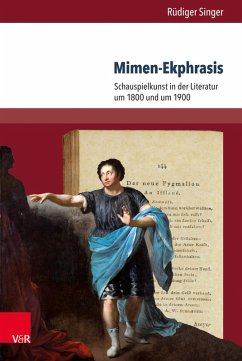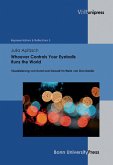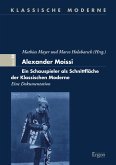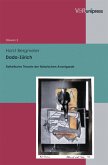"Posterity weaves no garlands to the mime": This lament by Friedrich Schiller has been contradicted since the 18th century by a largely neglected body of texts striving to re-enact the "art" of great actors in the reader's imagination. Using the term "mime-ekphrasis", these texts are situated both in the antique tradition of vivid descriptions and in the context since the 18th century descriptions of art marked by a growing fascination with the intricate relations between the "Sister Arts" of poetry and painting. This study bridges intermedial, performance and visual culture studies to reveal how the scenic structure of ekphrasis interacts with the plurimedial character of acting, in English, German, and Italian ekphrases on Burbage, Garrick, Iffland, Talma, Kainz, Duse, et al.
Dieser Download kann aus rechtlichen Gründen nur mit Rechnungsadresse in A, B, BG, CY, CZ, D, DK, EW, E, FIN, F, GR, H, IRL, I, LT, L, LR, M, NL, PL, P, R, S, SLO, SK ausgeliefert werden.









